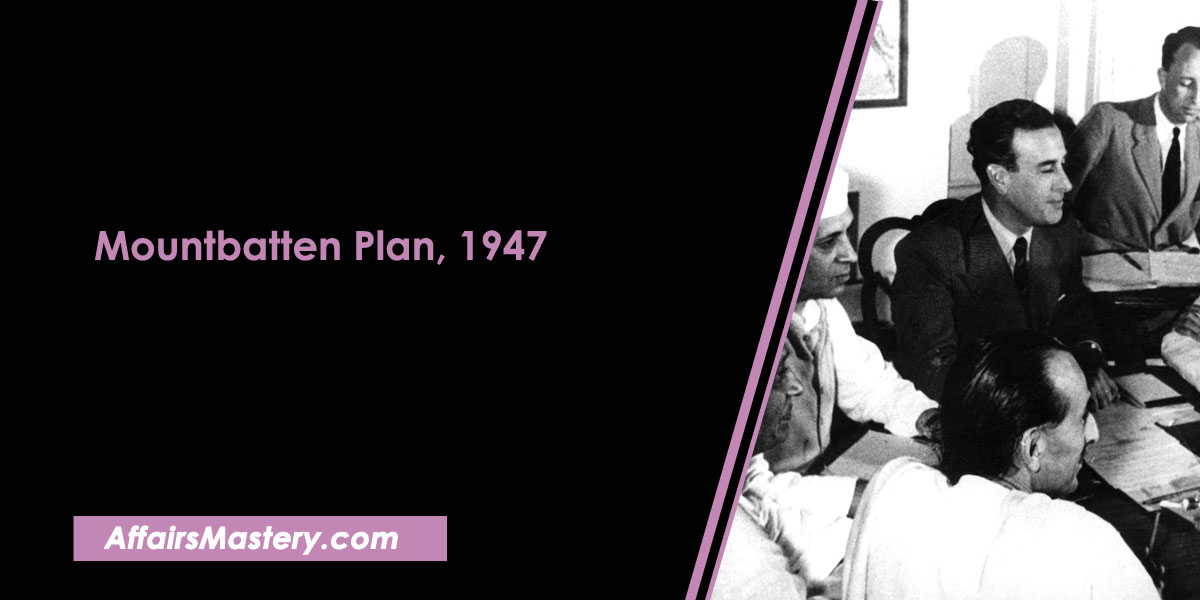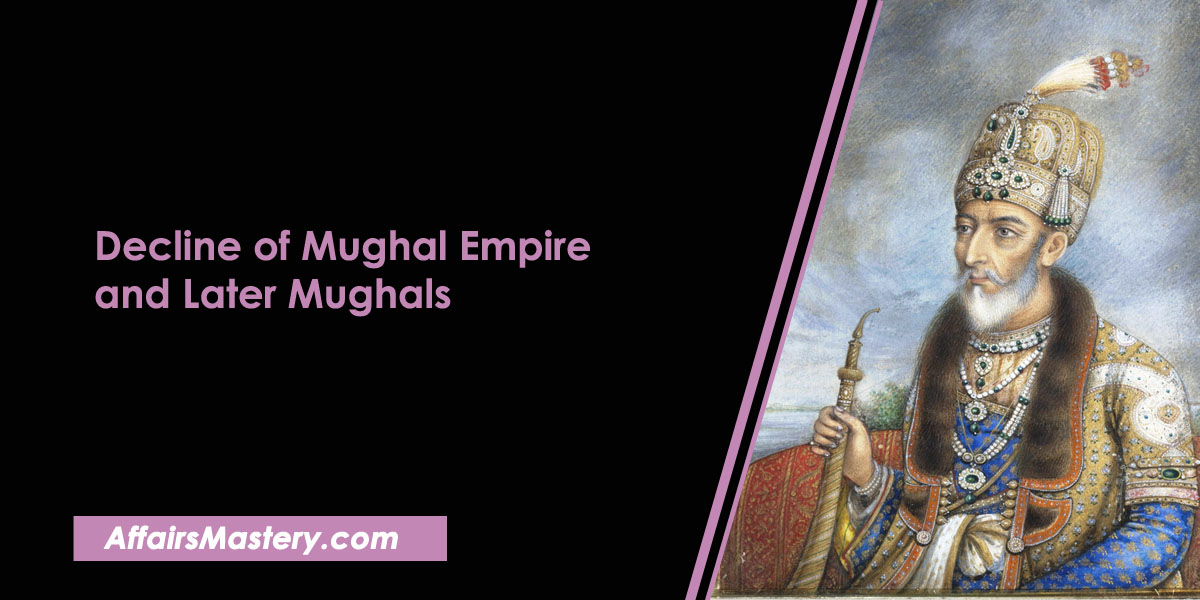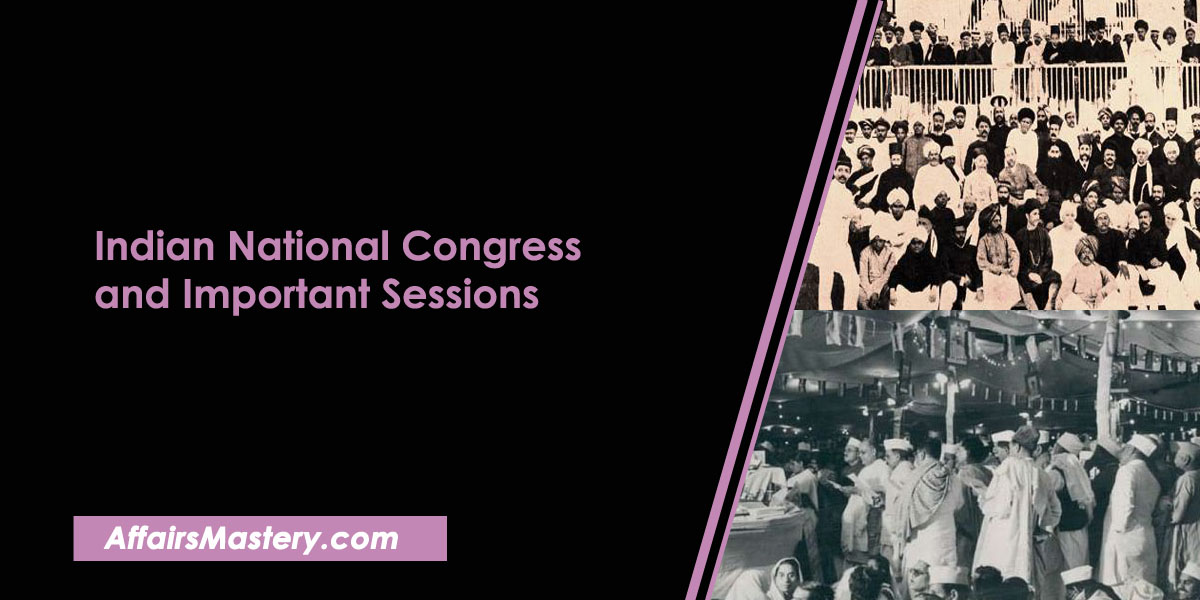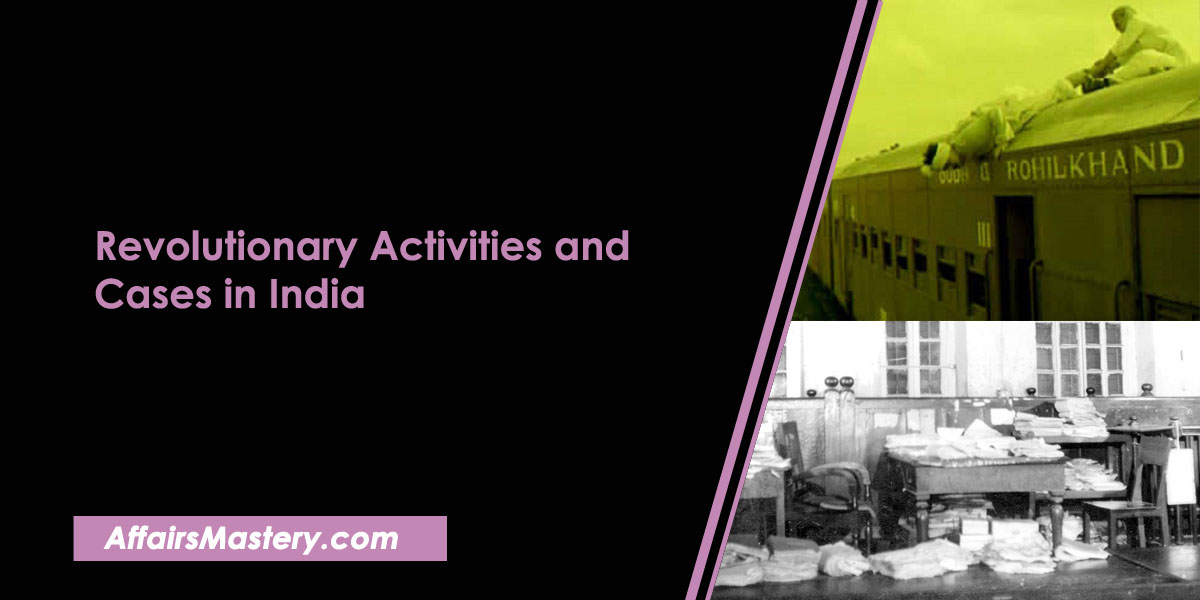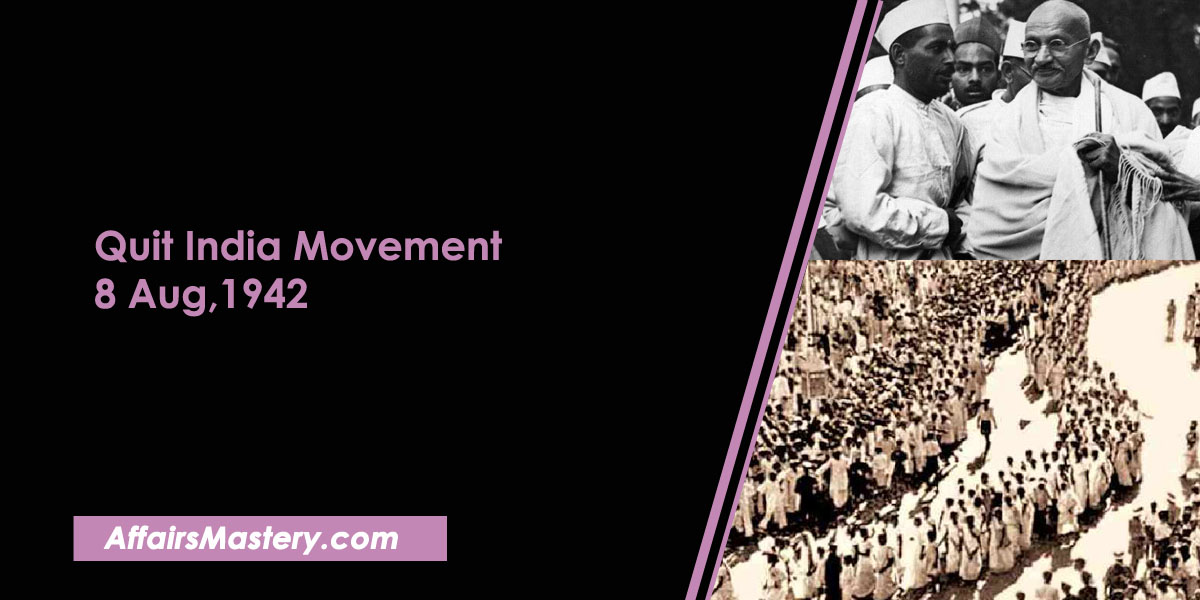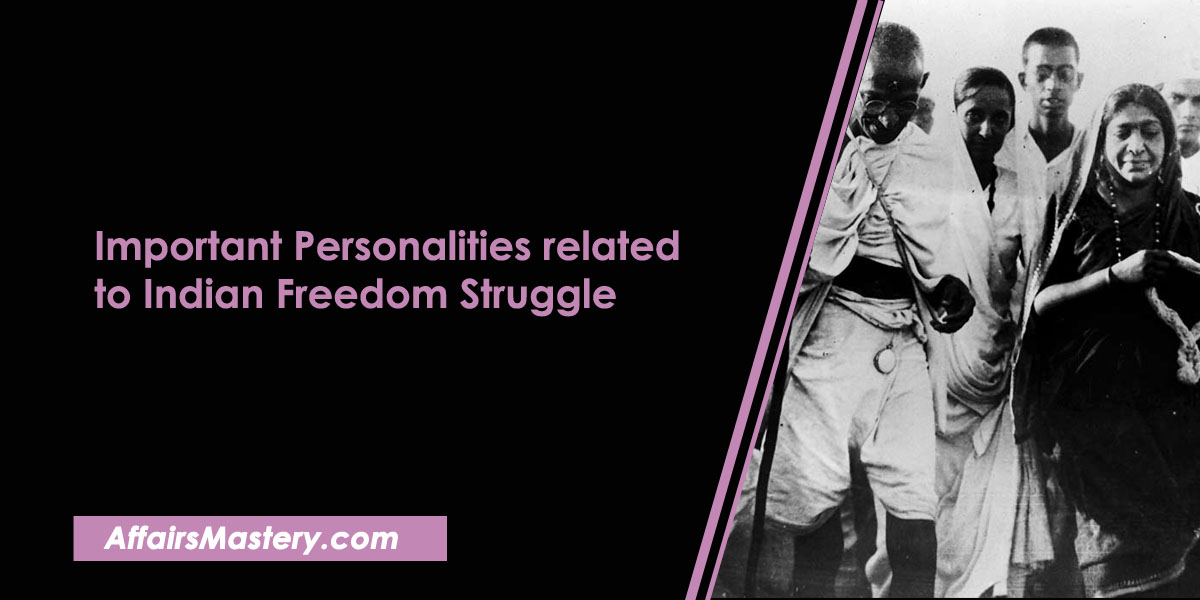Mountbatten Plan, 1947 – Background, About, Main Points (Important Notes)
Mountbatten Plan, 1947. On March 22, 1947 Lord Mountbatten arrived in India and was given the task of transferring power to Indian leaders before June 1948. This monumental responsibility would shape the future of a nation for generations to come. Important Short note for various exams.
From the perspective of an examination like Civil services, State exams, SSC, Banking, Railways and any other One Day exam, all the necessary facts and information are listed below.
Background
- The Prime Minister of Britain Clement Attlee declared on February 20, 1947 in the House of Commons that the British would quit India after transferring power into responsible hand not later than June 1948.
- The idea was that the Indians should settle their issues before that.
- He also announced the appointment of Lord Mountbatten as Viceroy in place of Lord Wavell, who arrived as the 34th and the last British Governor General in India.
- Dickie Bird Plan also known as ‘Balkan Plan‘ was the brainchild of Lord Mountbatten and was intended to balkanize India into small parts.
- This plan included the transfer of power to separate provinces with Punjab and Bengal, given the option to vote for partition of their provinces.
- The various units, thus formed along with the princely states would have the option of joining India or Pakistan or to remain separate.
- The plan was abandoned quickly after it was opposed by Nehru as he said that this will result in conflict between people.
About
- Lord Mountbatten arrived in India on March 22, 1947 and was authorized with the responsibility to transfer power to India before June, 1948.
- Immediately after swearing in ceremony on March 24, 1947 Lord Mountbatten set to task assigned to him.
- Mountbatten placed his views before Attlee, got the approval of his Majesty’s Government and on June 3, 1947 announced his plan for solving the impending impasse.
- He had sought the consent of Congress, Jinnah and the Sikh leaders before his announcement. The partition of India was accepted officially.
Main Points
- The Legislative Assemblies of Bengal and the Punjab, each to meet in two parts- one representing the Muslim majority district and the other rest of districts.
- The Muslim majority districts were specified. Each part was required to decide by a simple majority whether the province was to be partitioned or not.
- If partition of the province was opted for, each part of the assembly had to determine if it would like to join the constituent assembly already established or a new constituent assembly separately established and composed of representatives of those areas which decided not to participate in the existing assembly.
- The Legislative Assembly of Sindh had to decide at a special meeting, whether Sindh as a whole should from the Constituent Assembly in Delhi or a new Constituent Assembly of areas which did not join it.
- Muslim majority area of Sylhet in Assam had to decide by Referendum.
- The referendum was to be held in the NWFP to decide whether that province would like to opt for India or join Pakistan.
- Baluchistan was also given the right to decide whether or not remain in the Indian part.
- Princely states would join either Pakistan or India. Accession of Hyderabad to Pakistan ruled out.
- In case Bengal, Punjab and Assam opted for partition, an independent Boundary commission was to be appointed to draw the dividing lines between the two parts of the provinces.
- Both the states- India and Pakistan were to be assigned dominion status in the initial stages, seek membership of the British Commonwealth of Nations, though they were to be entitled to leave the British Commonwealth at a later date if they so desired.
Decision taken regarding this plan
- Both Congress and Muslim League had accepted the plan.
- The Hindu members of the Bengal Assembly voted for the partition of Bengal on June 20, 1947 and those of the Punjab did the same three days later.
- The Legislative Assembly of Sindh voted for Pakistan on June 26, 1947.
- Residents of Sylhet decided to join East Bengal.
- Referendum took place in NWFP between 6 July and 17 July. Congress boycotted it. Those who participated in referendum voted for Pakistan.
- Baluchistan also decided to join Pakistan on June 29, 1947.
If you find our content helpful and interesting, please consider joining us on Telegram @affairsmastery_official to show your support. We would really appreciate it!
Related articles
- Important Battles in Indian History 2023-24
- Important treaties in Indian history 2023-24
- List of Foreign Travellers who came to India
- List of Governor General of India and Viceroy of India
- Robert Clive – Important Short Notes for Exams 2023-24
- Warren Hastings – Important Short Notes for Exams 2023-24
- Lord William Bentinck – Important Short Notes for Exams 2023-24
- Lord Canning – Important Short Notes for Exams 2023-24
- Lord Mountbatten – Important Short Notes for Exams 2023-24
- C. Rajagopalachari – Important Short Notes for Exams 2023-24
- Lord Wavell – Important Short Notes for Exams 2023-24
- Lord Linlithgow – Important Short Notes for Exams 2023-24
- Lord Willingdon – Important Short Notes for Exams 2023-24
- Non Cooperation Movement (1919-1922)
- Important Personalities related to Social Movements of India
- List of Important Books on Revolt of 1857 and their Author
- Important Leaders of 1857 Revolt and their places
- Constituent Assembly of India and its Composition: Important Short Notes
- Important Tribal Movements in India
- Direct Action Day 1946: Important Short Notes for Exams
- Interim Government of India, 1946 and its members
- Important Socio Religious Reform Movements in India – Short Notes
- Khilafat Movement (1919-1924) – Important Short Notes for exams
- Lucknow Pact, 1916 – About, Features, Outcome (Important Short Notes)
- C R Formula or Rajaji Formula, 1944 – About, Main Points (Important Short Notes)
- Wavell Plan, 1945 – About, Main Points (Important Short Notes)
